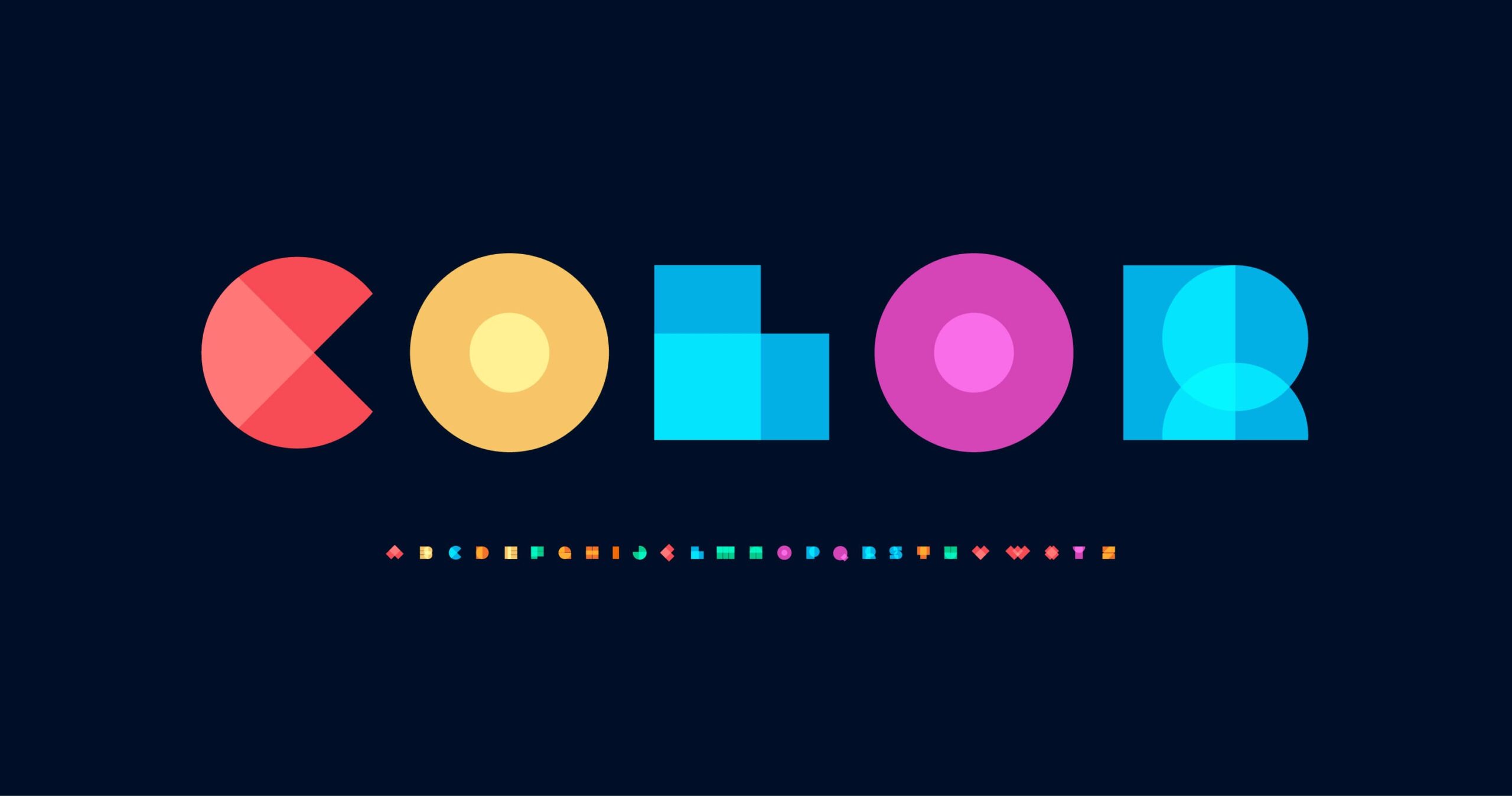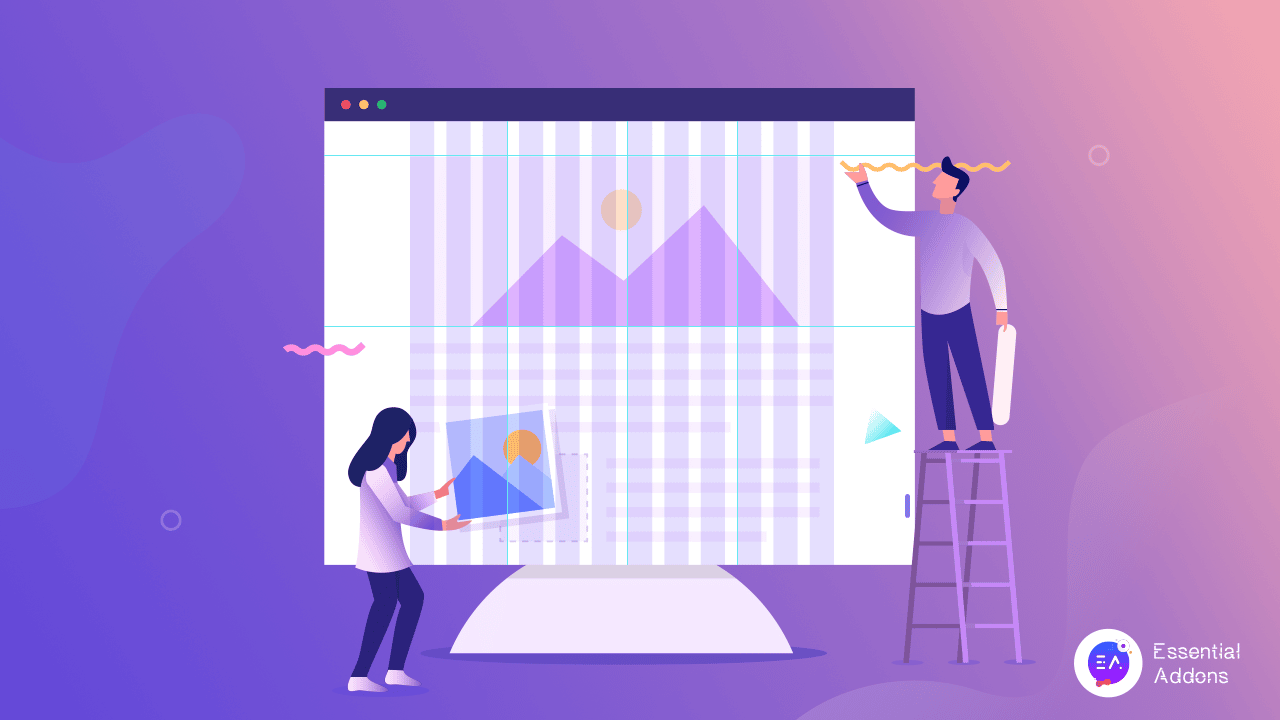
In the realm of digital marketing, web design principles serve as crucial drivers of user experience and business success.
Effective web design is not just about aesthetics; it’s a strategic process that involves important elements such as the interface, footer, structure, and other parts of a user-friendly website.
A well-designed website, complete with a user-friendly interface and pages, goes beyond mere appearance; it impacts how visitors interact with the site and its links, influencing their perception of the brand.
Understanding the correlation between good website design, user interface, effective links and pages, and business performance is essential for anyone in the digital space.

The five golden rules of web designing are prioritizing User Experience (UX), keeping the design simple, maintaining consistency, making content accessible, and optimizing load times.
These foundational principles guide designers in creating effective and user-friendly websites.
We dive deeper into each rule to understand its significance and application below.
These rules serve as general guidelines and should be adapted based on the specific needs and context of your web design project.
Consistently applying these rules can greatly enhance the effectiveness of a user-friendly website.
Mobile responsiveness is crucial in today’s internet landscape, as a significant portion of web traffic comes from mobile devices. It could be considered a subset of Rule 1, focusing on User Experience.
While not strictly necessary, understanding HTML, CSS, and JavaScript can benefit web designers, especially when considering Rule 5: Optimize Load Times.
Common tools include design software like Adobe Photoshop and Sketch, as well as front-end frameworks like Bootstrap for those who have coding skills.
In summary, the five golden rules of good web design serve as essential guidelines for creating effective, user-friendly websites. Regardless of your level of experience, adhering to these principles can significantly impact the success of your web design projects.

Typography and color schemes are powerful tools in website design, influencing readability, user engagement, brand recognition, and emotional response on each page.
Striking a balance between aesthetics and functionality is key to effective typography and color choices.
Typography, a crucial aspect of the design process, is more than just choosing a font for your website.
It’s about ensuring the design of a user-friendly website makes the text easy to read and understand.
For example, Apple’s minimalist yet sophisticated typography has played a significant part in its brand’s global recognition.
The way you present your words on your website matters as much as what those words say about your design.
Consider Medium, a website known for its clean design and typography that keeps readers engaged with its online publishing platform.
Colors do more than make a website look pretty; they contribute to the design, create mood, evoke emotions, and even influence buying decisions.
Coca-Cola’s red-and-white color scheme, a key design element, is instantly recognizable worldwide due largely to consistent use in their website and other branding efforts.
Color psychology plays an important role in website architecture and design principles.
For instance, the blue color scheme of Facebook is said to evoke feelings of trust and security among its website visitors.
While aesthetics are important in web design, functionality should never be compromised.
Netflix’s black-and-red color palette and simple yet bold typography strike an ideal balance between aesthetics and functionality, leading to a seamless user experience.

White space, often overlooked, plays a crucial role in web design. It enhances content legibility and strategically directs user attention.
White space, also known as negative space, is the unmarked area between design elements.
It’s not just ’empty’ space; it’s a powerful design tool that can enhance readability and focus.
According to Gestalt psychology, our brains perceive visuals as whole rather than individual parts.
Thus, white space helps create a visual hierarchy by grouping related elements together and separating unrelated ones.
For example, Google’s homepage is a masterclass in the use of white space. The search bar is surrounded by vast expanses of white, focusing users’ attention on their search task.
Strategic use of white space can guide users’ eyes toward key information or calls to action.
By adjusting the size and placement of white areas around visuals or text, designers can influence where users look first and what they remember most.
Take Medium.com for instance.
Their minimalist design uses ample white space around headlines and images to draw readers into each article.
Many people misinterpret white space as ‘wasted’ real estate on a webpage.
However, overcrowding your site with too many visuals or blocks of text can overwhelm visitors and detract from your message.
Consider Apple’s website: its clean design with generous use of white space creates an elegant aesthetic that mirrors their product philosophy.
In the realm of web design, intuitive navigation is a non-negotiable.
It plays a pivotal role in user satisfaction and impacts bounce rates. Clear CTAs guide users through your site like a virtual tour guide.
The importance of intuitive navigation cannot be overstated. Users want to find what they’re looking for quickly and easily.
The navigation bar should be simple and straightforward, with links organized logically in dropdown menus.
Intuitive navigation isn’t just about the menu, though.
It also involves elements like search bars and buttons that enhance the overall user interface.
Complex navigation has negative effects on bounce rates – the percentage of visitors who navigate away from your website after viewing only one page.
A study by NN Group found that users typically leave a website within 10-20 seconds if it’s not easy to use.
This highlights the importance of simplicity in web design principles.
Clear CTAs play a crucial role in guiding users through a site.
They’re like signposts along a road, helping users know where to go next.
For instance, buttons labeled “Buy Now” or “Learn More” give clear instructions about what will happen when clicked.
These types of direct commands lead users down a desired path, enhancing their experience while boosting conversion rates.

Web design principles are not just about aesthetics.
They also play a crucial role in how users interact with a user-friendly website.
Two fundamental laws that guide these interactions are Fitt’s law and Hick’s law.
Fitt’s law is a model that predicts the time required to rapidly move to a target area, as a function of distance and size.
In web design, this principle directly influences how quickly users can interact with different elements on the web page.
Consider your website’s navigation bar.
The larger and closer an element is (like the Home button), the quicker it can be clicked.
This principle explains why important buttons are often made larger or placed at strategic locations.
For instance, Amazon incorporates Fitt’s law by placing its Buy Now button prominently near product descriptions.
This reduces interaction speed, leading to faster purchases.
Hick’s law states that the time it takes for an individual to make a decision increases with the number and complexity of choices.
Applied to web design, this means offering too many options can lead to decision paralysis, slowing down user interaction.
Imagine you’re at a restaurant with an extensive menu – deciding what to order becomes overwhelming! Similarly, websites packed with options may seem attractive but could deter users from making quick decisions.
Take Google’s homepage as an example; it has minimal options, focusing only on its core service – search.
This simplicity reduces decision-making time significantly.
These laws don’t work in isolation but often complement each other in effective web design strategies:

In the digital age, speed and mobile-friendliness are paramount in web design. These elements significantly impact user experience, visitor retention, and SEO rankings.
The correlation between page load speed and visitor retention rate is undeniable. People want information fast.
If your site takes too long to load, visitors will bounce.
According to a study by Google, 53% of mobile users abandon websites that take over three seconds to load.
Smartphone usage has skyrocketed in recent years.
This surge in website traffic necessitates mobile-friendly designs for websites.
Google prioritizes mobile-friendly sites when determining SEO rankings.
It’s no longer just about having a great website or a user-friendly website; it needs to be optimized for mobile viewing.
To sum up, speed and mobile-friendliness are not just nice-to-haves in website design – they’re necessities.
Ignoring these principles could lead to a loss of visitors or even lower search engine rankings.
In an era where time is precious and smartphones are ubiquitous, designing with speed and mobility in mind is key.

Web design isn’t just about aesthetics. It’s also about the content and how it’s optimized for search engines.
SEO-optimized content plays a vital role in improving your website’s visibility on search engines.
It’s like putting up a giant billboard in the digital world, except it doesn’t cost you an arm and a leg.
A case study by Ahrefs showed that 90.63% of pages get no organic search traffic from Google.
The solution? Quality SEO-optimized content.
Next up is keyword research and placement. This ain’t just throwing around fancy words, folks!
For instance, Moz conducted a study that found that URLs ranking #1 had an average keyword usage of 0.6%. That’s right, less than one percent!
Lastly, let’s talk about the importance of quality, relevant content in attracting and retaining visitors.
Take Buffer, for example. They managed to double their email sign-ups by simply improving their blog post quality.

Mastering web design principles is an essential step towards creating compelling and impactful websites.
These principles, including the golden rules of web design, the role of typography and color schemes, white space utilization, navigation simplification, application of Fitt’s Law and Hick’s Law, speed optimization, mobile-friendliness, and SEO content writing are all integral to a website’s success.
They contribute to not only aesthetic appeal but also user experience and search engine visibility.
Implementing these principles can significantly enhance your website’s performance.
It’s worth investing time and resources in understanding these factors thoroughly for optimal results.
Now that you’ve learned about these key website design principles, it’s time to put them into action! If you need further assistance or guidance in implementing these principles on your site, our team of experts is here to help.
Typography plays a crucial role in enhancing readability and user experience. It helps set the tone of your user-friendly website content while making it a visually appealing website.
White space improves readability by creating a balance between text and visual elements on a webpage. It allows users’ eyes to rest while scanning through text-heavy pages.
Simplifying navigation involves organizing information logically so that users can easily find what they’re looking for. This could involve using dropdown menus or breadcrumb trails among other strategies.
Fitt’s law states that the time required for a user to move a pointer to a target area is a function of the distance to the target divided by the size of the target. Hick’s law states that the time it takes for an individual to make a decision increases with the number and complexity of choices.
SEO content writing helps improve your website’s visibility on search engines, driving more organic traffic to your site. It involves using relevant keywords and creating valuable content that meets users’ needs.

Maven Marketing Group
We hope this article helps you out! If you want more advice for expanding your reach, getting leads, & growing your business — let us know in the comment section below!
Or if you’d like help implementing any of these tactics into your business – drop us a line! We’d love if you left a comment/question for us to answer below!
At Maven Marketing Group, we have evolved into a comprehensive digital marketing agency specializing in top-tier web development, web design, web management, SEO, and PPC services.
Could we assist you with your project?

Digital Marketing Pros – Dedicated to creating stunning websites and delivering top-notch online solutions.
Our Mission: To empower you to combat the challenges of the digital landscape, ensuring your online presence stands out.
Maven provides the best web design, development, and management services to achieve real results for your business.
Whether it’s through our expertly crafted websites or by enhancing your business online, we always deliver.
No one else offers this level of expertise!
At Maven Marketing Group, we have evolved into a comprehensive digital marketing agency specializing in top-tier web development, web design, web management, SEO, and PPC services.
Could we assist you with your project?